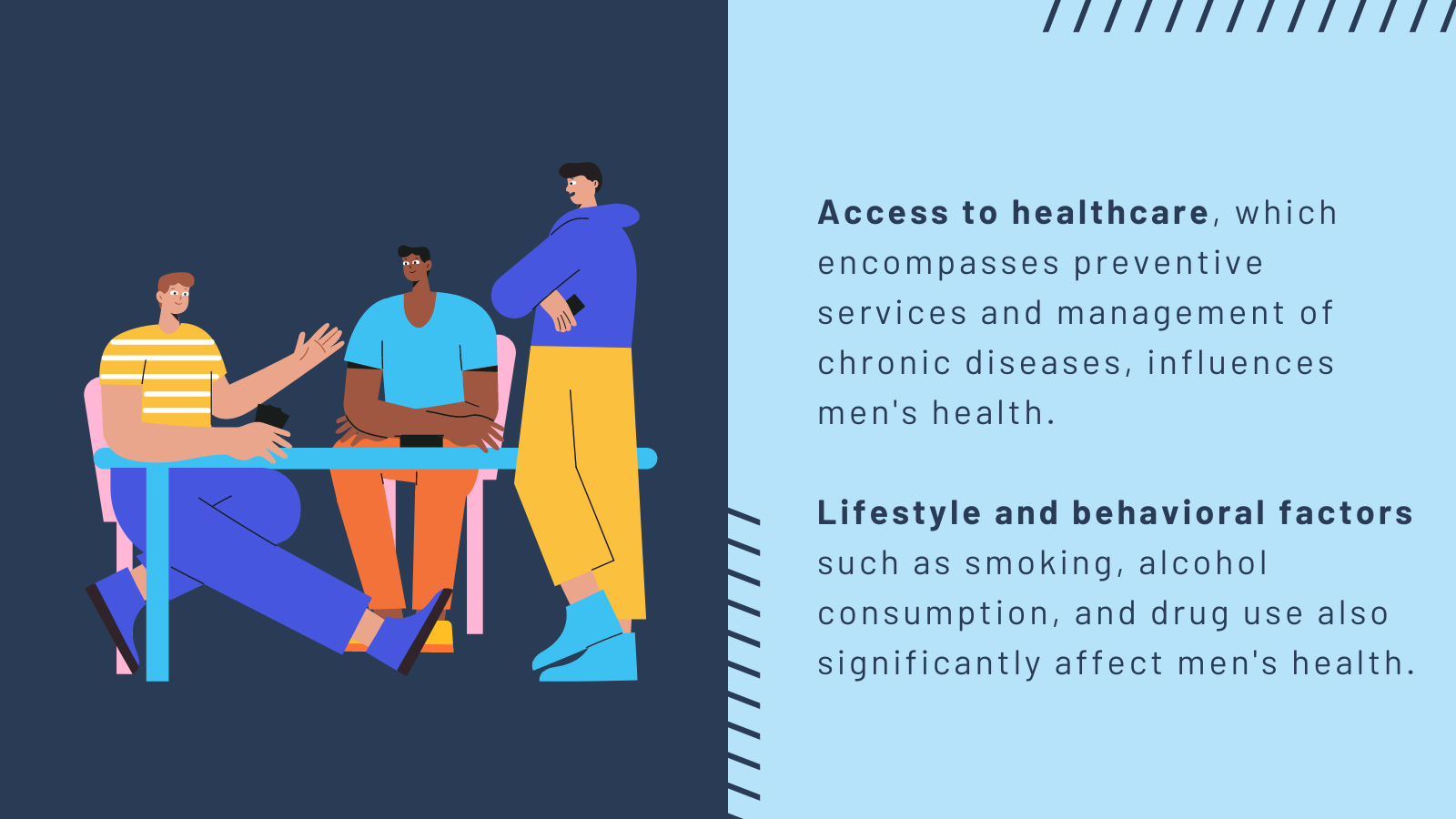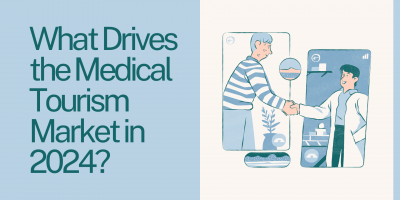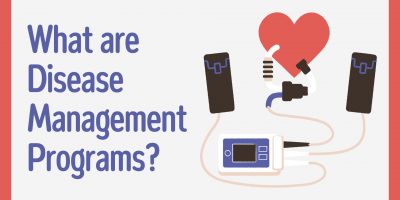
Can Fertility Benefits Boost Employee Recruitment?
Can fertility benefits become a recruiting and retention magnet in the ever-evolving workplace landscape?

As June is National Men’s Health Month, we focus on male health issues and how they can address both physical and psychological problems to take charge of their health.
Various data points show that men are four times more likely to commit suicide compared to women, live on average five years less than women, are more prone to cardiovascular diseases, and yet are half as likely as women to go to the doctor.
That’s a clear indication that even though the months representing awareness of certain mental health concerns are great reminders to care for our health, what’s more important is maintaining this type of self-care throughout the year.
Thus, understanding the state of men’s health is crucial for identifying and addressing their unique challenges. Therefore, we’ll delve into key men’s health statistics to shed light on prevalent conditions, risk factors, and trends.

These vital men’s health statistics depict the importance of addressing men’s health issues and promoting holistic approaches to men’s healthcare.
Frequent screenings, managing a healthy body through a healthy diet and regular exercise, lowering stress levels, and addressing mental health issues all aim to prioritize men’s health and improve health outcomes.
While men themselves are responsible for their health decisions, supportive workforces that provide male employees with men’s health programs are crucial for fostering a culture of wellness and encouraging proactive men’s health management.
SEO Manager at Shortlister
Browse our curated list of vendors to find the best solution for your needs.
Subscribe to our newsletter for the latest trends, expert tips, and workplace insights!

Can fertility benefits become a recruiting and retention magnet in the ever-evolving workplace landscape?

Could telehealth be the transformative solution to skyrocketing healthcare costs in our digital era?

What compels someone to travel halfway around the world for a hip replacement or cancer therapy?

As chronic diseases are among the biggest challenges of the American healthcare system, learn how disease management programs support employees and, at the same time, reduce costs for employers.
Used by most of the top employee benefits consultants in the US, Shortlister is where you can find, research and select HR and benefits vendors for your clients.
Shortlister helps you reach your ideal prospects. Claim your free account to control your message and receive employer, consultant and health plan leads.